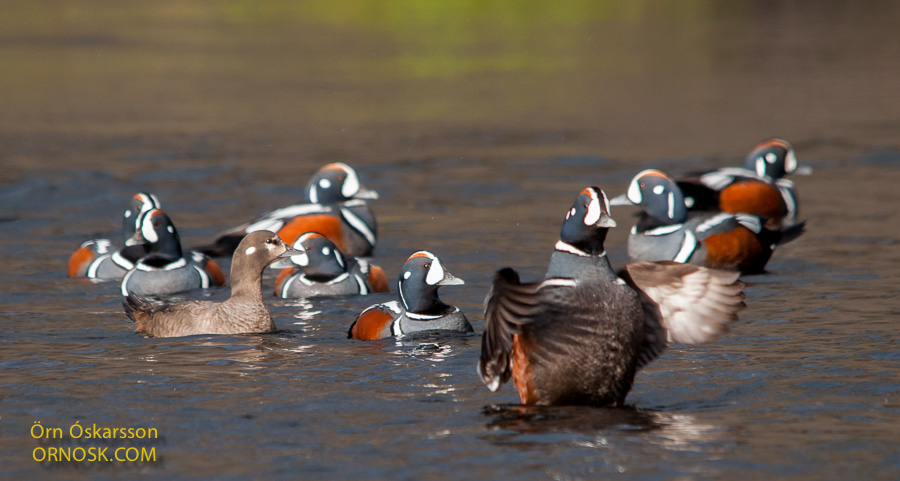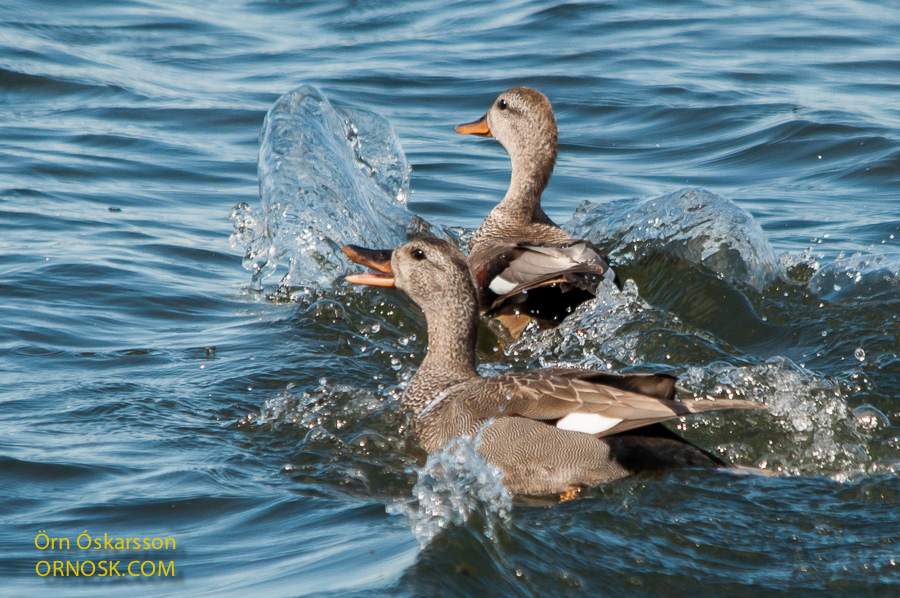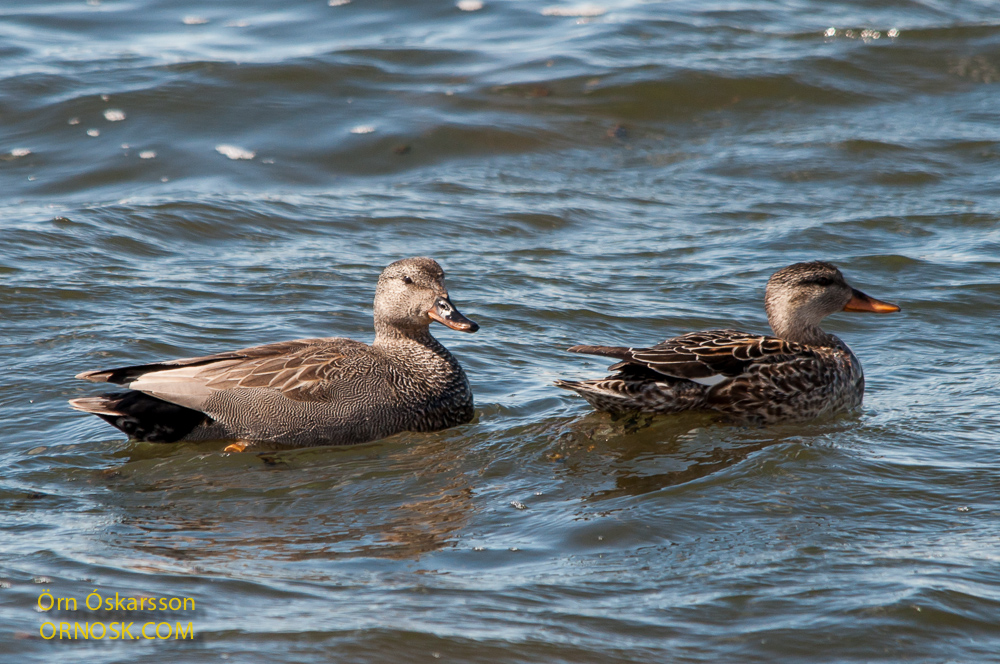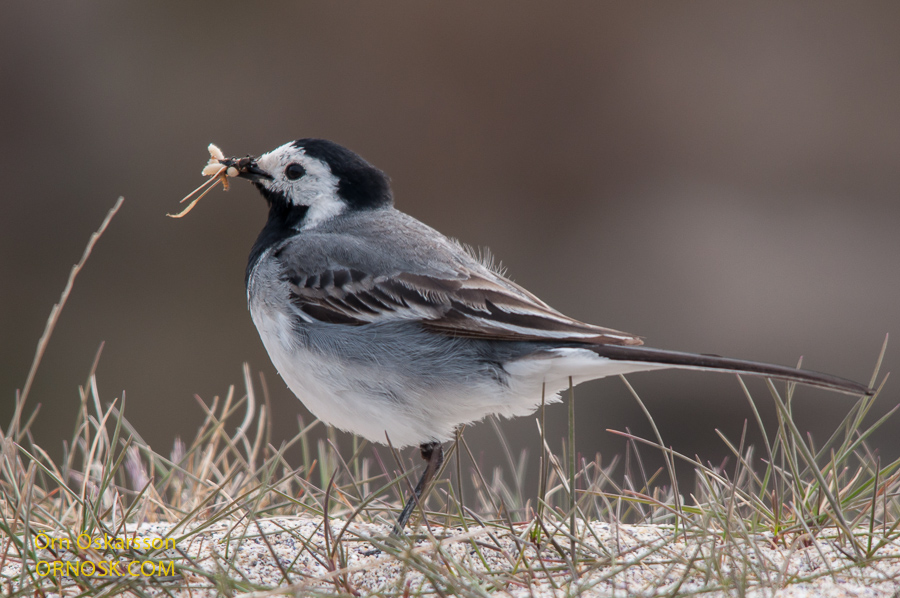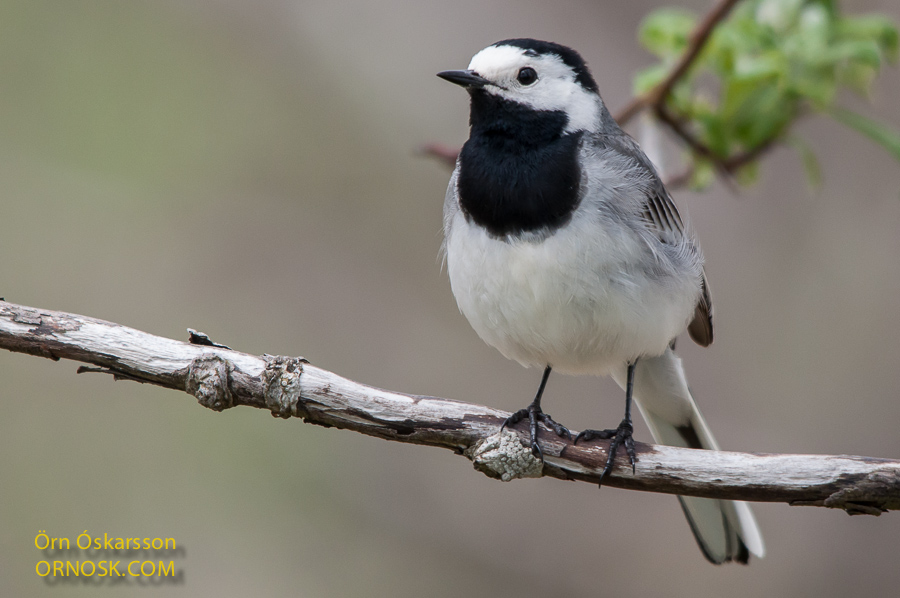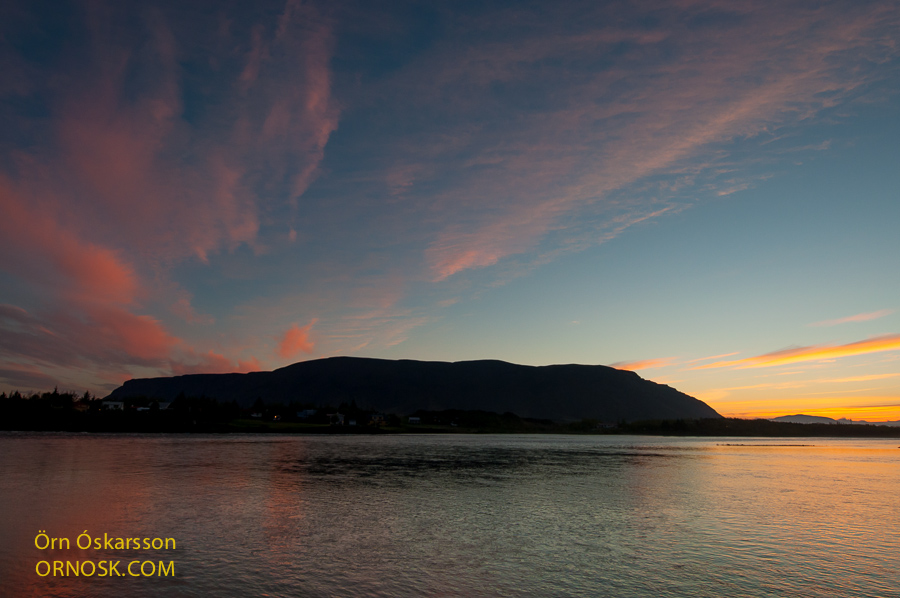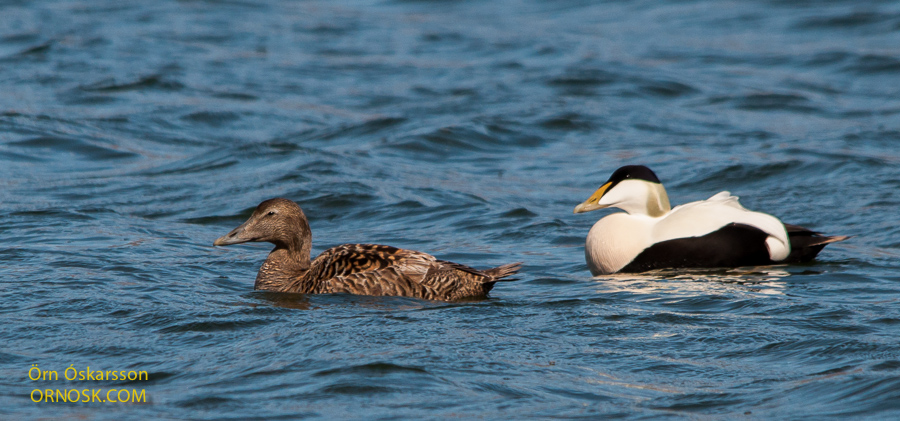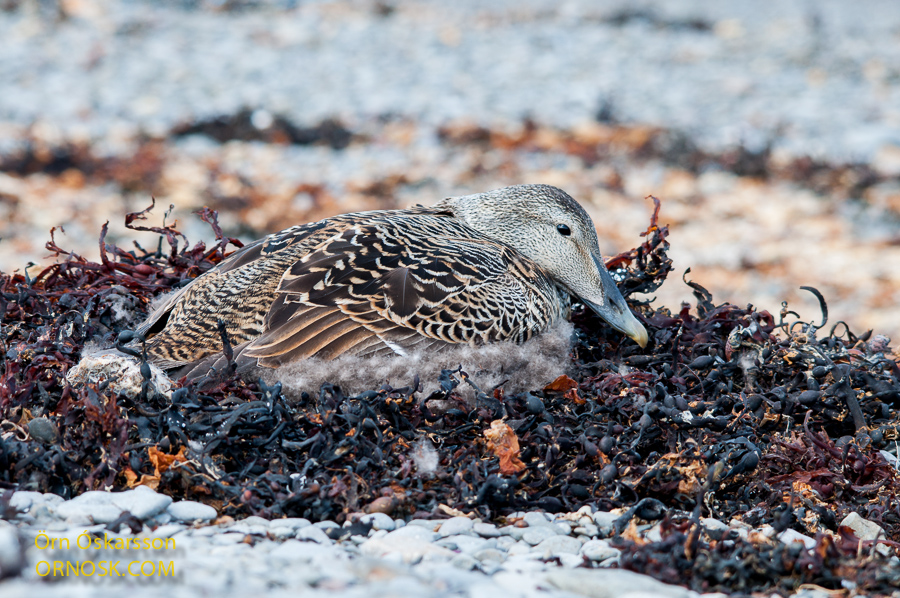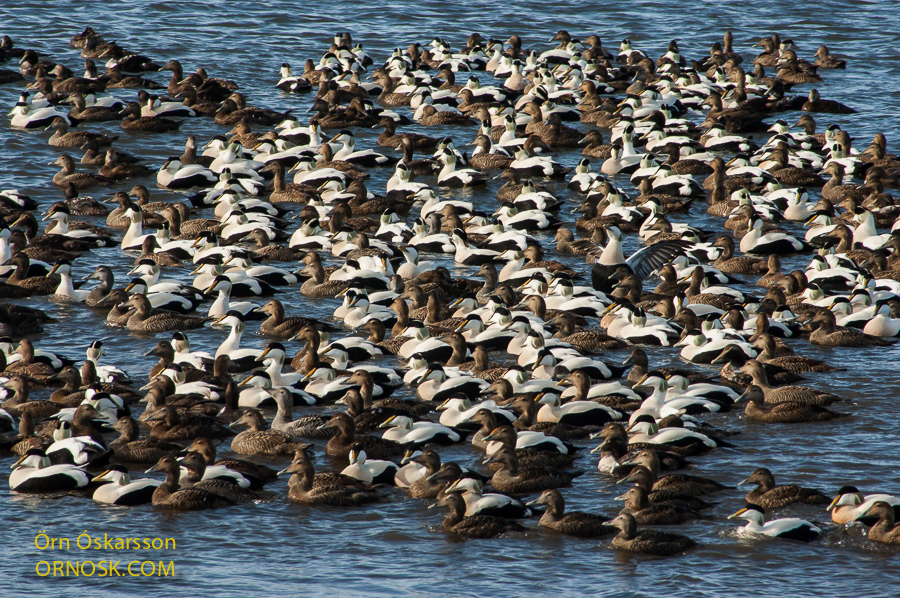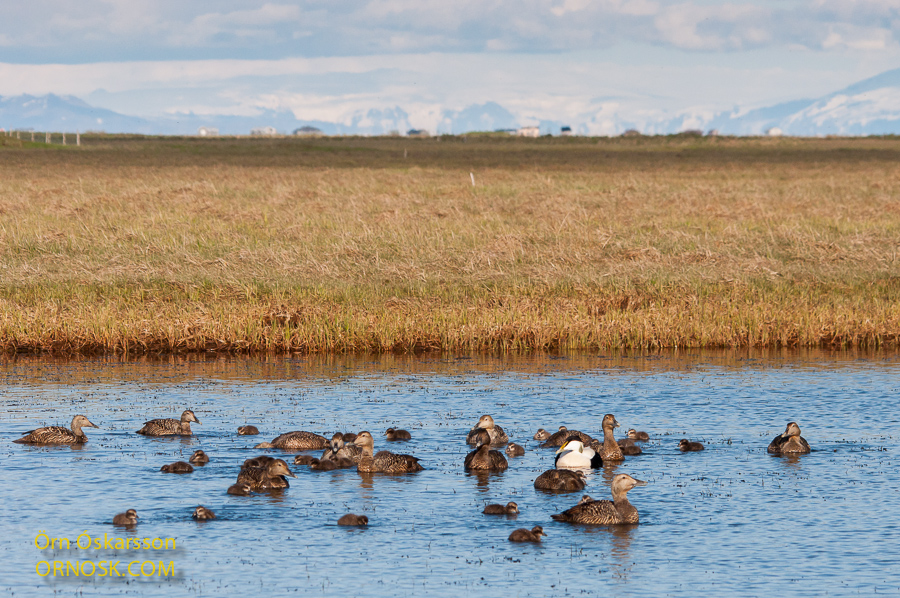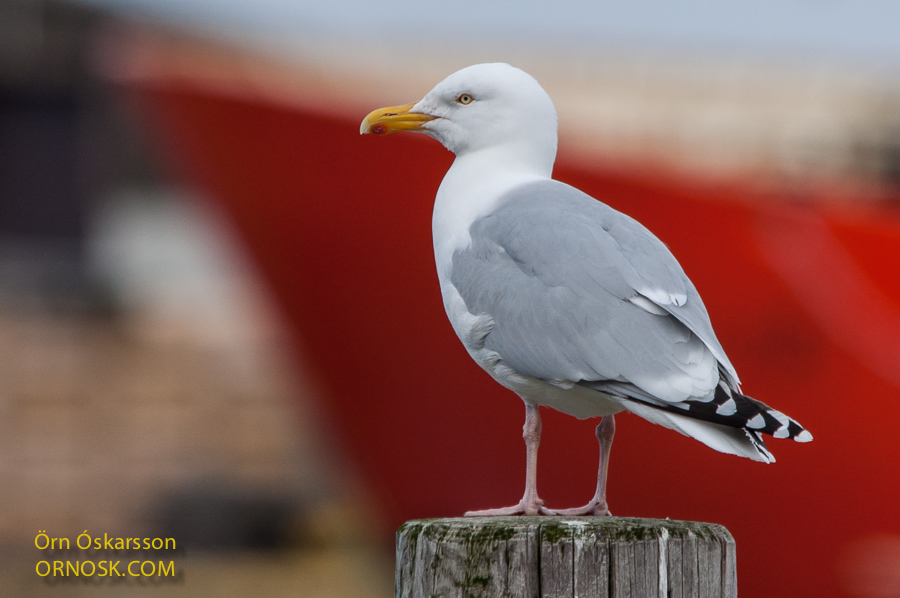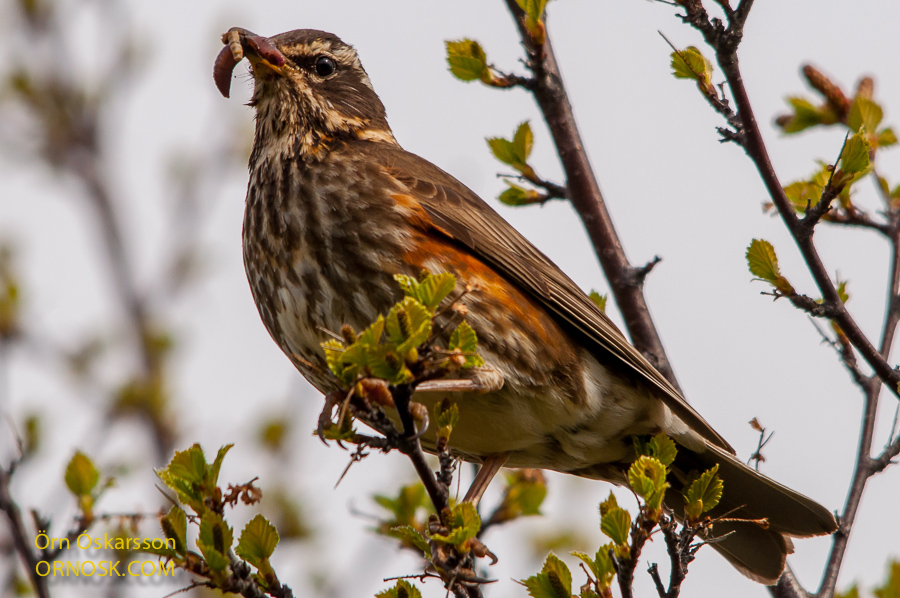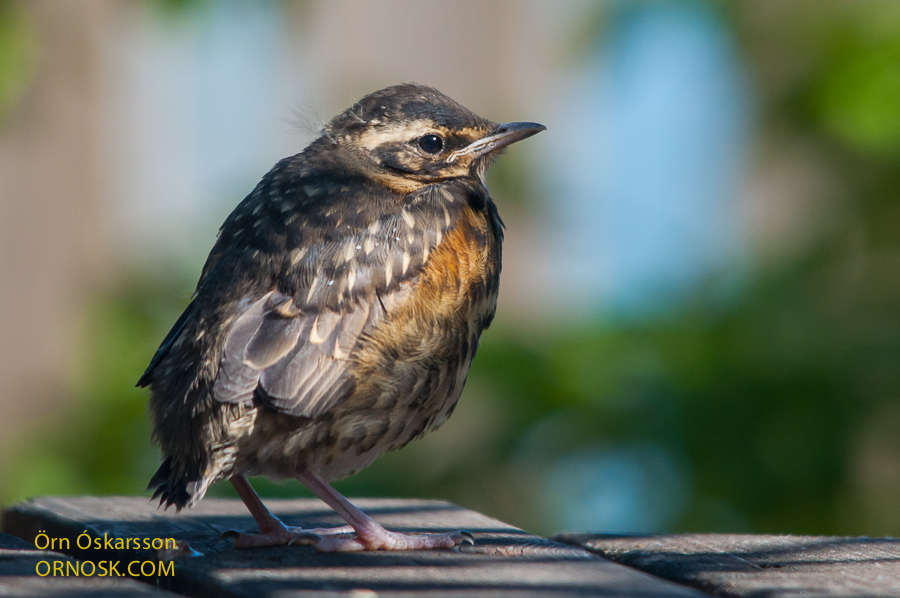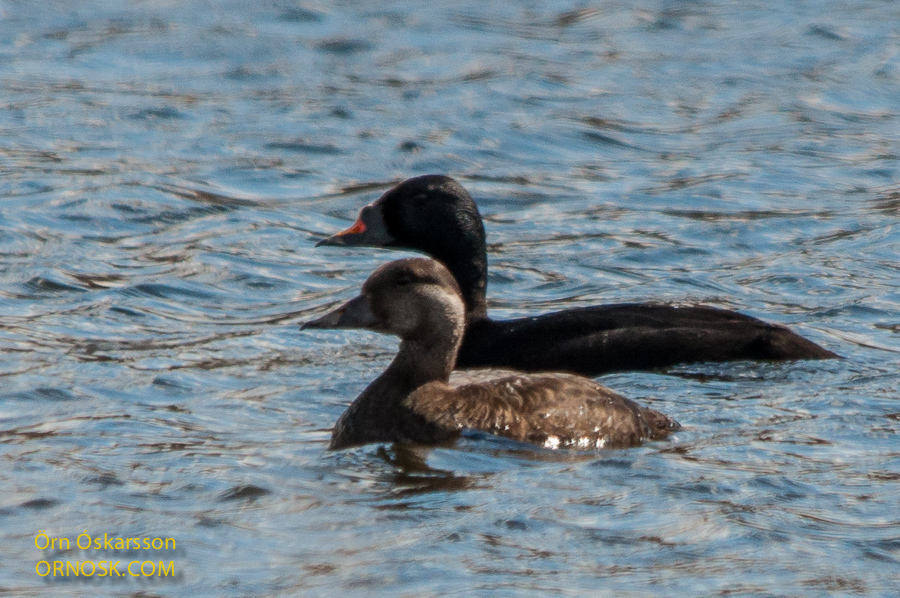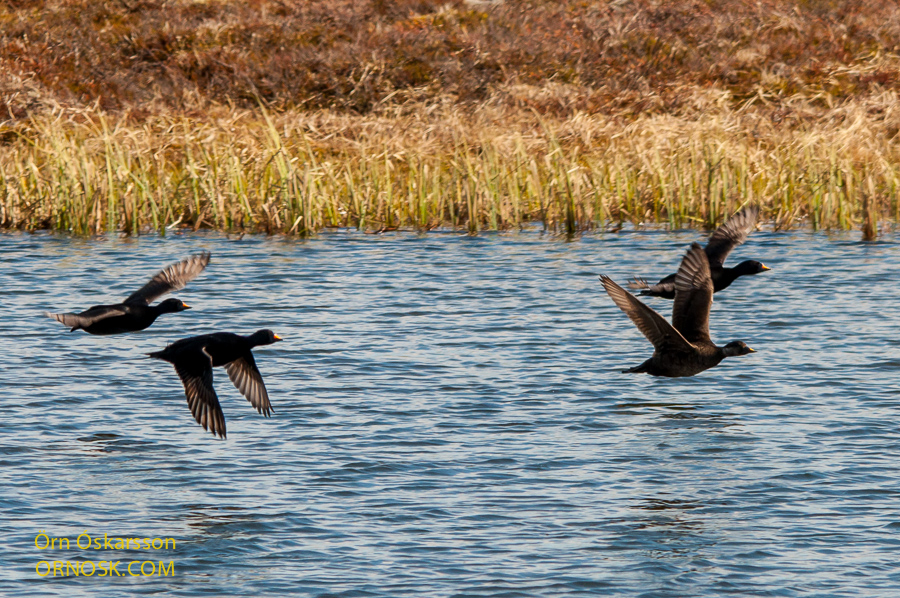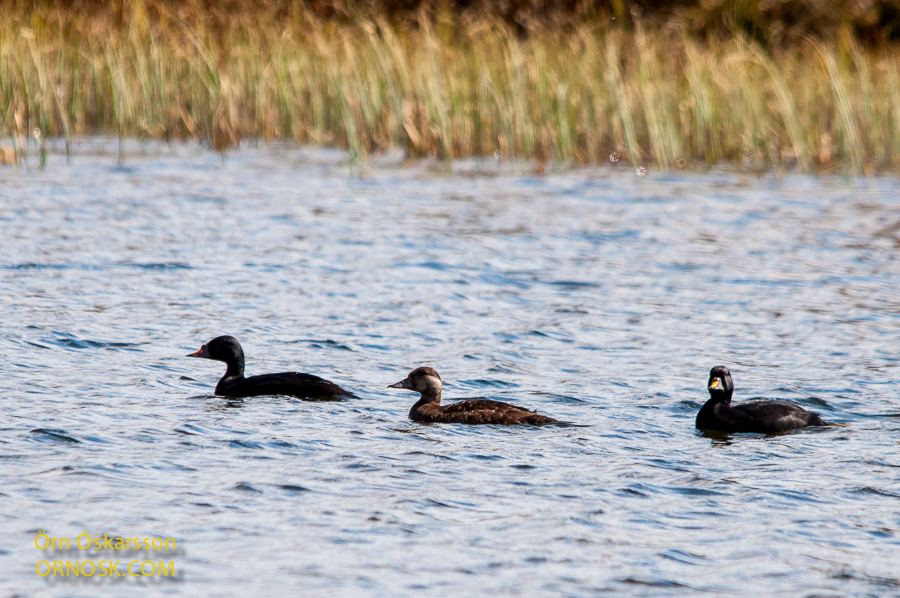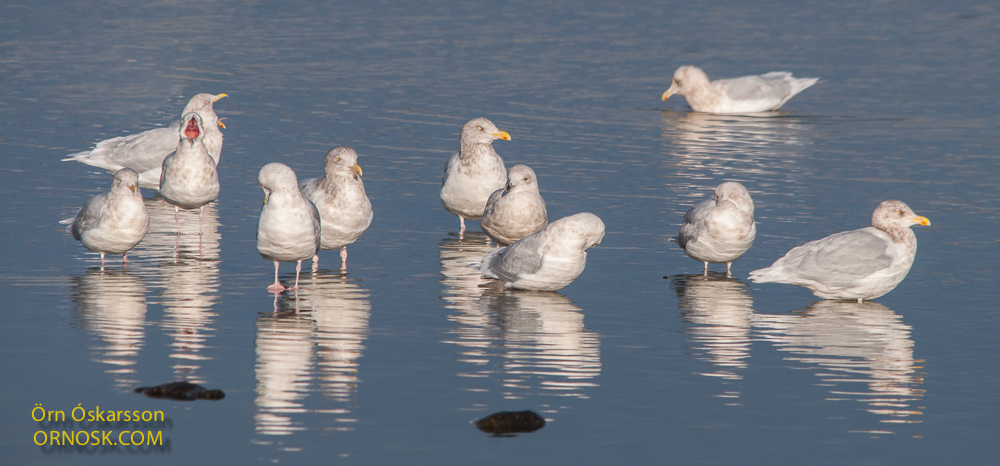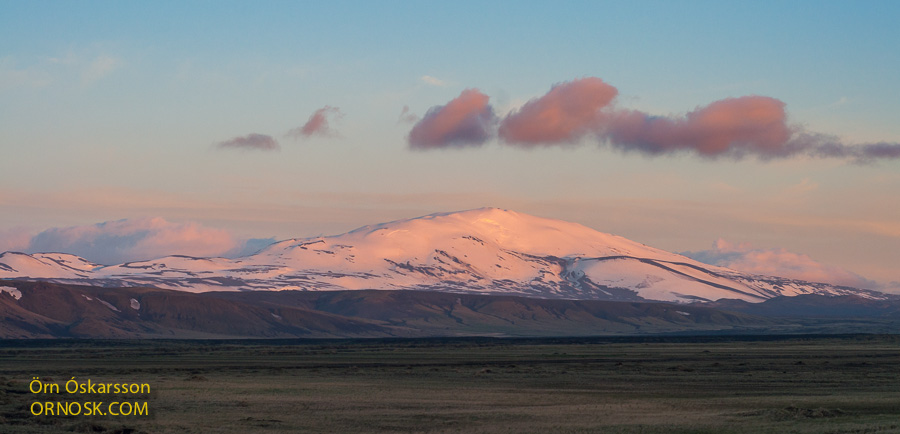
Mount Hekla has been dormant since the year 2000. An eruption is expected but it is difficult to predict. Activity has been reported several times in recent years and in 2013 a general warning was issued. People were warned against going on the mountain and air traffic surveillance levels were increased temporarily. Now the whole of the volcano is covered in ice and no snowless patches which might indicate activity can be seen.
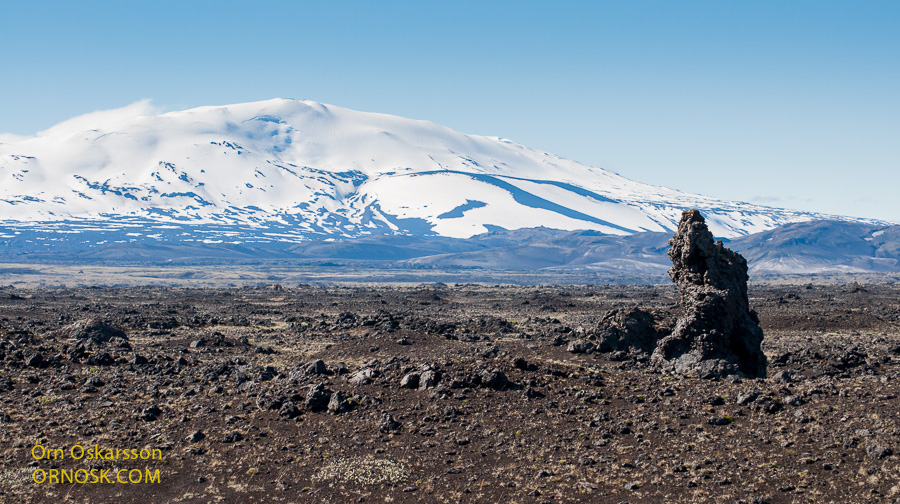
Mount Hekla has erupted many times in the last decades. The last eruption lasted from 26 February until 8 March 2000. An eruption this summer would not come as a surprise.


